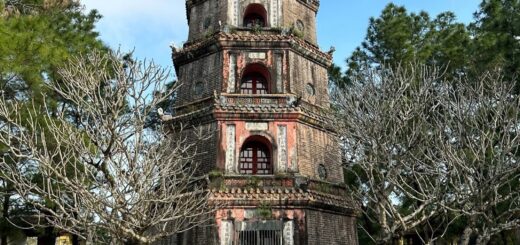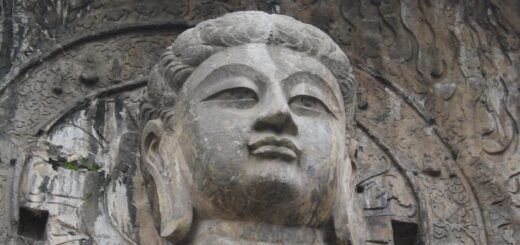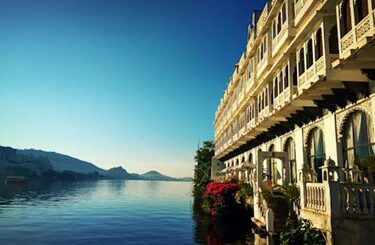Hoi An
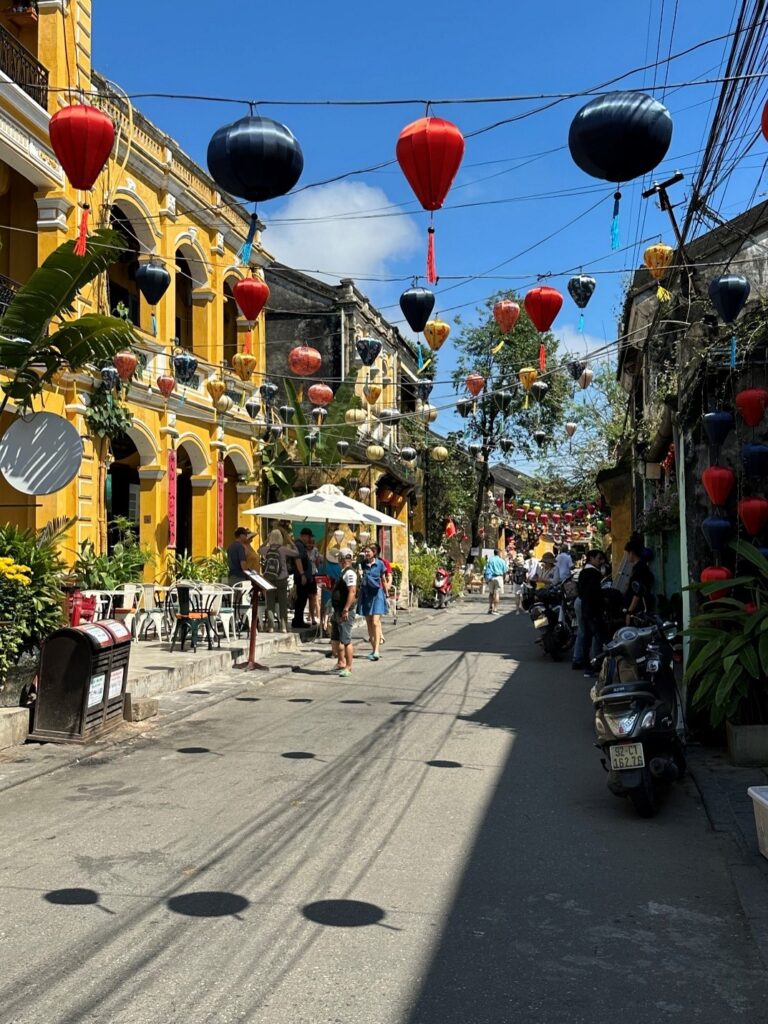
Travel Advice for Seniors: Hoi An
Hoi An is a UNESCO Heritage site and a fantastic visit. It is an ancient city that has retained its traditional wooden architecture along the many canals crisscrossing the city. It has been a port city for over 2000 years.
Hoi An was our second stop in Vietnam after a quick stop in Ho Chi Minh City and a hop over to Siem Reap. Fortunately for us, Hoi An is a city of many tailors that can be retained inexpensively because, unfortunately, our luggage was spending a few weeks in South Korea (we found out later) and not with us! After leaving a winter ice storm in the US, we arrived in Vietnam and Cambodia to tropical weather in the 90s, with no appropriate warm weather clothing! Also, Vietnamese women are very petite, and it was proving difficult to find ready made clothing that would fit.
We both had two sets of slacks and shirts made for us at a very inexpensive price to hold us over until our luggage was located and arrived. We were also very pleasantly surprised that the clothing we chose could be made next day! A word on the tailors….have an idea of what you’d like made before you go to a tailor shop. They do have pictures of clothing there, but it is wise to know what you’d like before visiting as the choices can be overwhelming.
Also, most of the fabrics seemed to be a blend and not pure cotton. They do a very good job of measuring you up and you come back for a fitting and final adjustments the next day depending on how busy they are and how much you had them make. I asked for the slacks to be narrowed down a bit and they were able to allow this even though what I had chosen was a bit blousy. Not sure if they usually do this without an extra charge.
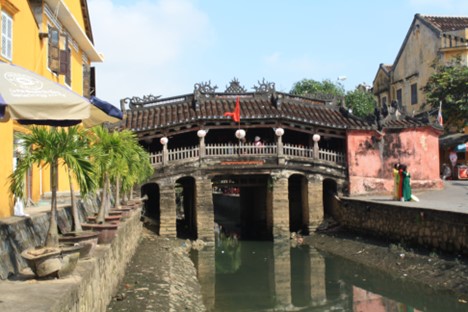
Back to Hoi An….there are many things to see in the Old Town area of Hoi An. We first visited the Japanese Bridge. It was initially built by a Japanese businessman, but as the years passed, more Vietnamese and Chinese features have appeared and there is still a temple on the north end of the bridge. The Old Town area is accessible, but the Japanese Bridge is not.
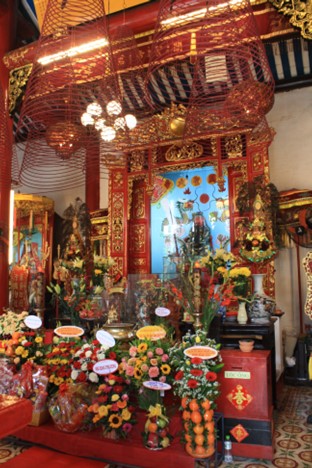
A beautiful sight, the Assembly Hall of Chaozhou Congregation is an elaborate place of community, memorial and worship. It was built in 1845 as a community hall for the people of Chaozhuo that had moved into the area from China. Take some time to walk through the Hall and absorb the beauty and culture here.
The old town area of the Hoi An had many shops and markets and of course, tailoring shops. We bought some high-quality hand-made leather sandals at a leather shop. We bargained hard for them and we really needed them….our feet needed a break from wearing shoes and socks in tropical weather (remember….lost luggage!). The sandals were good quality and were a good purchase.
A word here also about paying extra for a private tour/guide….first, our booking company was working feverishly to locate our lost luggage and continued to work on our behalf with the airlines for the first two weeks of our trip, saving us countless hours of frustration, run around and excessive documentation. Secondly, our local private guide in Hoi An was able to guide us to a tailor shop that was off the beaten path that she had used before and that was high quality, but not as pricey as the Main Street tailors. She also took us around town to find undergarments and laundry soap. Not just every guide would be willing to do this.
After a busy day of shopping, fittings and sightseeing, we decided we needed a bit of pampering, so we headed to the Hotel Royal Ho An for afternoon tea. The tea was what you’d expect, only it was served on the top floor of the hotel with a beautiful view of the Thu Bon River. It was a bit windy, but it was very relaxing and the tea was delicious. The hotel is accessible.
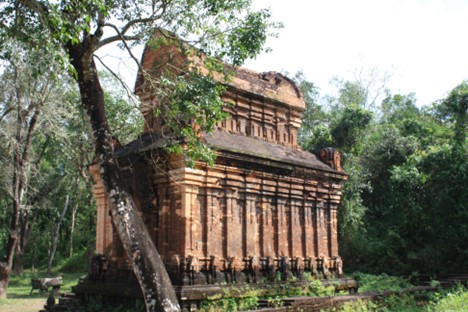
Next day was a day trip to UNESCO Heritage Site, My Son Temples for a peek into Champa culture. It is about an hour and a half drive to get there, but we always like looking at the countryside. You can only tell so much about a country by the cities.The temples have limited accessibility due to the uneven ground, but the museum is accessible.
Mỹ Sơn, meaning “beautiful mountain” was constructed between the 4th and 13th centuries by the Kings of Champa as a monument to the Hindu god Shiva. The Cham people developed the area into a major trading port and prospered there for many years. They ruled central Vietnam, and the Chinese ruled the Hue area until they melted into Vietnamese culture. The buildings are ruins, but there is beauty in their design, and you can truly feel the “ancientness” of the site.
It is highly recommended to start at the museum before walking through the site to get a proper start regarding the history of the Champa. It’s a fascinating culture and the ruins are definitely a worthwhile day trip. Plan on spending a few hours at the site.
Our tailored clothes completed, we were ready to move on to our next stop…Hue.
Where we stayed: La Siesta Resorts and Spa. Breakfast included. Nice hotel. Centrally located. Accessible parking, entrance, common areas, elevators and rooms.
How we got there: Flight from Siem Reap to Hoi An.This was part of a four-week private tour through Vietnam, Cambodia, Laos and Thailand.
General Accessibility Information: See notes above. Vietnam has made strides in accessibility, though some challenges remain. Hoi An has flat terrain and have accessible tours, sights, transport and hotels. Call in advance to verify and make specialty arrangements.See our sections on specialty apps and accessible travel for more on accessibility assistance.

